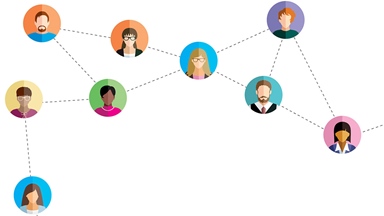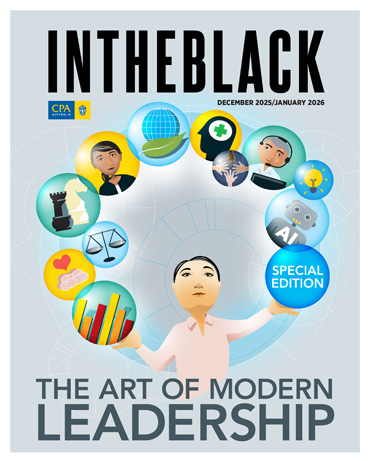Loading component...
At a glance
Skills management remains one of the most urgent concerns for leaders worldwide.
“We’ve not only got skill shortages, we also have a rapidly changing skills landscape, which is driven by the acceleration of artificial intelligence (AI) and digital,” says Cynthia Cottrell, workforce solutions leader at Mercer Pacific.
These pressures are changing how organisations structure their operating systems, giving rise to the skills-powered organisation, in which skills — rather than jobs — become the organising principle of work.
In a skills-powered organisation, work is broken down into tasks, projects and outcomes, and mapped to the necessary skills. It is a model that acknowledges workers as people and prioritises learning and development, placing value on developing individual strengths and skills. It also requires a radically different approach to talent management.
And it’s catching on. According to Mercer’s 2024–2025 Skills Snapshot Survey Report, 70 per cent of respondents have identified the most critical skills for their departments.
Almost half have begun work on developing a skills library.
However, many organisations are still yet to fully leverage their workforce’s skills.
According to a 2022 Deloitte survey, only 14 per cent of business executives strongly agree their organisation is using their workforce’s skills to their fullest potential.
One solution is skills mapping, a process that identifies and documents employees’ skills and maps these capabilities to the organisation’s needs.
A two-pronged process
An essential feature of skills-powered organisations, skills mapping is a two-pronged process, Cottrell says.
“We’ve got to first know what’s in our organisation — so what skills we have — and map those skills to employees. Then we’ve got to make sure that we have a clear mapping of skills to the key roles we have in an organisation, so we can understand what skills we need to develop among our employees.”
Organisations can then use skills mapping to guide workforce planning, which has historically stopped at headcount, says Tahnee McWhirter, a partner at HR company HumanX.
“Skills mapping is looking at what your organisation needs to create and deliver value.
It’s not just one long laundry list of skills — it’s taking into consideration the impact of those skills and how they interact.”
"We’ve got to first know what’s in our organisation — so what skills we have — and map those skills to employees. Then we’ve got to make sure that we have a clear mapping of skills to the key roles we have in an organisation, so we can understand what skills we need to develop among our employees."
She says the skills an organisation needs should align with its purpose and values.
“The next step is understanding what the core skills for a business are, so what is consistent across every role, and then you can start looking at more team-specific or function-specific skills.”
McWhirter says skills mapping requires “a great learning and development or organisational development specialist who can dissect the skills in the team. That’s critical”. She recommends organisations begin the process by looking at existing systems.
“For example, you might have position descriptions, documented workflows or a capability matrix that needs a refresh — that’s a really good place to start. A capability matrix simply sets out all the skills or capabilities you need in the team, and then applies different levels of impact, from beginner through to master or expert.”
Skills-based approach
The Deloitte survey found that while skills-powered organisations were a relative rarity — with fewer than one in five organisations having adopted the model — these companies performed better than their counterparts. They were more likely to innovate, display agility and retain high performers.
McWhirter says having a clear picture of an organisation’s skill requirements can help in the critical areas of risk mitigation, succession planning, future-proofing and innovation.
“If we have a change in direction or a new strategic plan, for example, one of the first tools we should refer to is the skills matrix, because we need to know if we have a workforce today that’s going to be able to execute for us in the future, or if we need to upskill or bring in new talent.”
Focusing on skills rather than jobs is appealing to workers, too.
“It can help you identify and map progression pathways for your team, and that then has the benefit of being able to provide team members with development and growth opportunities, also making you a far more attractive employer,” McWhirter says.
The Deloitte survey found that many organisations find it challenging to keep pace with the constantly evolving skills landscape.
Recruiting for skills, rather than specific experience or a qualification, can offer a solution by broadening the talent pool.
According to Deloitte, “in an ever-evolving world of work in which the half-life of hard skills is shorter than ever, increasingly more important will be hiring based on adjacent skills, or foundational human capabilities such as learnability”. These adjacent skills, such as adaptability and problem-solving, are critical in a dynamic business landscape.
Skills-based recruitment also “keeps the focus on what’s important”, McWhirter says.
“If you stick to the skills matrix, you are genuinely looking for the person who has the capability to deliver in that role, as opposed to their experience or someone who looks good on paper.”

